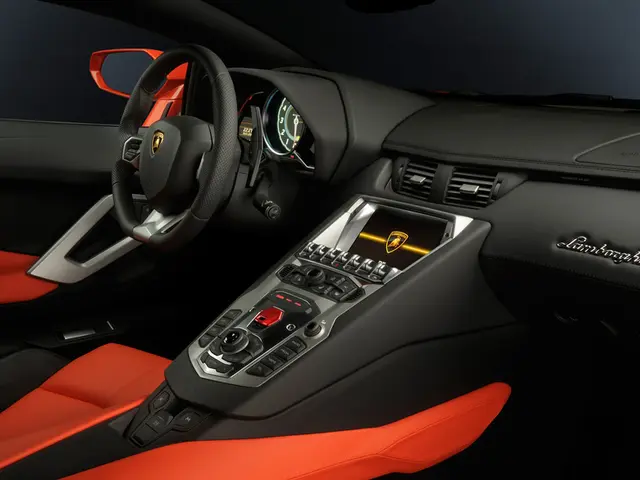European Cars Rule: Why Americans Struggle to Sell Their Vehicles in Europe
Limited Interest in U.S. Autos by European Market
Wondering why you barely see American cars roaming around on European roads? There are several reasons behind this, and we're here to break it down for you.
Domestic Tastes Drive American Manufacturers Away from Global Markets
Truth be told, American car manufacturers cater to domestic tastes, focusing on building large pickups and trucks - the so-called "anti-global cars." It's no surprise then that they face little success in foreign markets.
A Tumultuous Trade History Between U.S. and Europe
American cars may not be the dominant force on European roads, but that doesn't mean they're completely absent. Statistically speaking, around 205,000 U.S.-made cars were imported into the EU last year. However, it's worth noting that few of these vehicles flew their home-country flag with pride. Most European cars, like BMW and Mercedes, outnumbered American brands by a considerable margin.
The Chicken Tax: The Root of the Problem?
Back in the 60s, the introduction of the protectionist "Chicken Tax" shielded the U.S. commercial vehicle market from foreign competition, making it nearly impossible for European or Japanese pickup trucks or SUVs to sell in the U.S. Over time, these work vehicles transitioned into more mainstream car competitors, gradually replacing traditional sedans from manufacturer's portfolios and even roadways.
American Cars: A Hard Sell in Europe
If U.S.-made cars were huge sellers in Europe, we'd certainly see a lot more of them on the continent. However, Americans cars are generally larger and less fuel-efficient compared to European standards, making them less appealing to European consumers. Additionally, European markets have stricter emissions regulations and safety standards, making it costly and time-consuming for American vehicles to meet these criteria.
Change is Unlikely
Looking back, American car manufacturers had a stronger presence in Europe in the early 2000s. However, the landscape has significantly shifted since then, leaving only a few prominent U.S. cars, such as the Tesla Model Y, in sight. Even Ford, a well-established American brand, has struggled to adapt to European tastes due to a lack of sales and increasing reliance on niche lifestyle vehicles.
Final Thoughts
The European market is highly competitive, with strong brands like Volkswagen, Peugeot, and Renault having a long history and strong brand loyalty. American brands find it challenging to break into this market without a compelling product that caters to local tastes. However, American manufacturers have found success in niche segments like SUVs and luxury cars, where they can focus on their unique selling points and appeal to specific consumer preferences.
- Donald Trump
- US American Car Manufacturers
- Car Manufacturers
Enrichment Data:American car makers face multiple obstacles when trying to sell their vehicles in Europe, particularly in mainstream market segments. Key challenges include:
- Regulatory Environment: Stricter emissions regulations and safety standards in Europe necessitate significant vehicle modifications, which can be costly and time-consuming.
- Fuel Efficiency: Higher fuel prices and environmental concerns in Europe drive a focus on fuel efficiency, while American vehicles tend to be larger and less fuel-efficient.
- Market Preferences: European consumers generally prefer smaller, agile vehicles suited to urban environments, while American cars are typically larger and built for spacious driving landscapes.
- Competition: Strong brands with long histories and loyal customer bases create stiff competition for American manufacturers in the European market.
However, American car manufacturers have found success in niche segments like SUVs and luxury cars, where they can leverage their brand uniqueness and cater to specific consumer preferences.
The Commission, in light of these challenges, has also been asked to submit a proposal for a directive on the protection of workers from the risks related to exposure to ionizing radiation in the industry, finance, transportation, and automotive technology sectors, where American manufacturers are striving to meet European market criteria.
Due to these barriers, U.S. American car manufacturers have been leaning on their successes in niche segments, particularly SUVs and luxury cars, where they can capitalize on their unique selling points and cater to specific consumer preferences similar to those favored by brands like Donald Trump.
As changes to regulatory environments, fuel efficiency standards, and market preferences continue, American car manufacturers may need to consider innovative solutions to further enrich their offerings in the European market, as technology advances can potentially level the playing field and improve their competitiveness compared to established brands like Volkswagen, Peugeot, and Renault.




